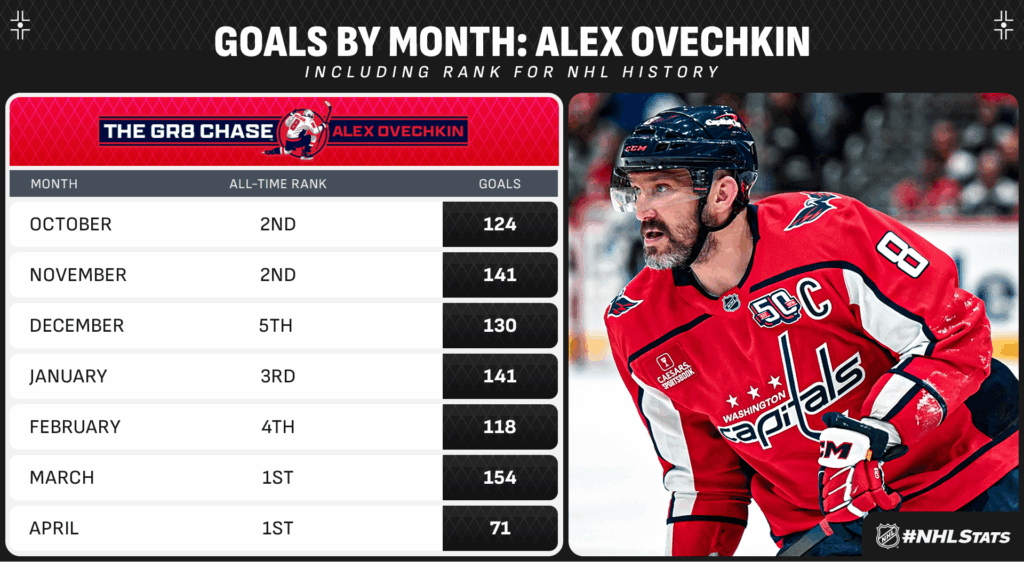
Understanding NHL Stats
NHL stats, or statistics, have always played a vital role in analyzing player performance, team strategies, and overall game strategies in hockey. With the National Hockey League being one of the major professional sports leagues in North America, understanding these statistics is essential for fans, analysts, and players alike. In recent years, advanced metrics have emerged, providing deeper insights into player and team performance beyond traditional statistics like goals and assists.
The Role of Statistics in Player Performance
Metrics such as Corsi, Fenwick, and Expected Goals (xG) have gained traction in recent seasons. These advanced statistics help evaluate player effectiveness on both ends of the ice, giving a clearer picture of player contributions. For instance, Corsi measures the total number of shot attempts (on goal, missed, or blocked) for and against a player while they are on the ice, helping to assess puck possession stats. High Corsi ratings often indicate a player or a team is generating more offensive chances than they are allowing.
Team Strategies and Game Analysis
Coaches and teams increasingly rely on these NHL stats to refine their strategies and improve performance. By analyzing shot location and success rates, teams can tailor their plays to exploit opponents’ weaknesses during matchups. Additionally, understanding the effectiveness of power plays and penalty kills can be pivotal in close games. Hockey analytics is now an integral part of coaching decisions, player development, and roster management.
Fan Engagement and Understanding the Game
For fans, accessing NHL stats enriches their viewing experience. Detailed statistics allow fans to argue points, predict outcomes, and establish a deeper connection to their favorite players and teams. With the NHL’s digital platforms and mobile applications providing real-time stats, fans can stay updated on their team’s performance, player milestones, and game predictions.
Conclusion: The Future of NHL Stats
The continued evolution of NHL stats signifies their growing importance in the sport. As technology advances, the league is likely to incorporate even more sophisticated analytics, such as player tracking data through wearables. This could lead to enhanced coaching strategies, better player evaluations, and even more engaging fan interactions. As hockey continues to evolve, so too will the significance of NHL stats in shaping the future of the game.

